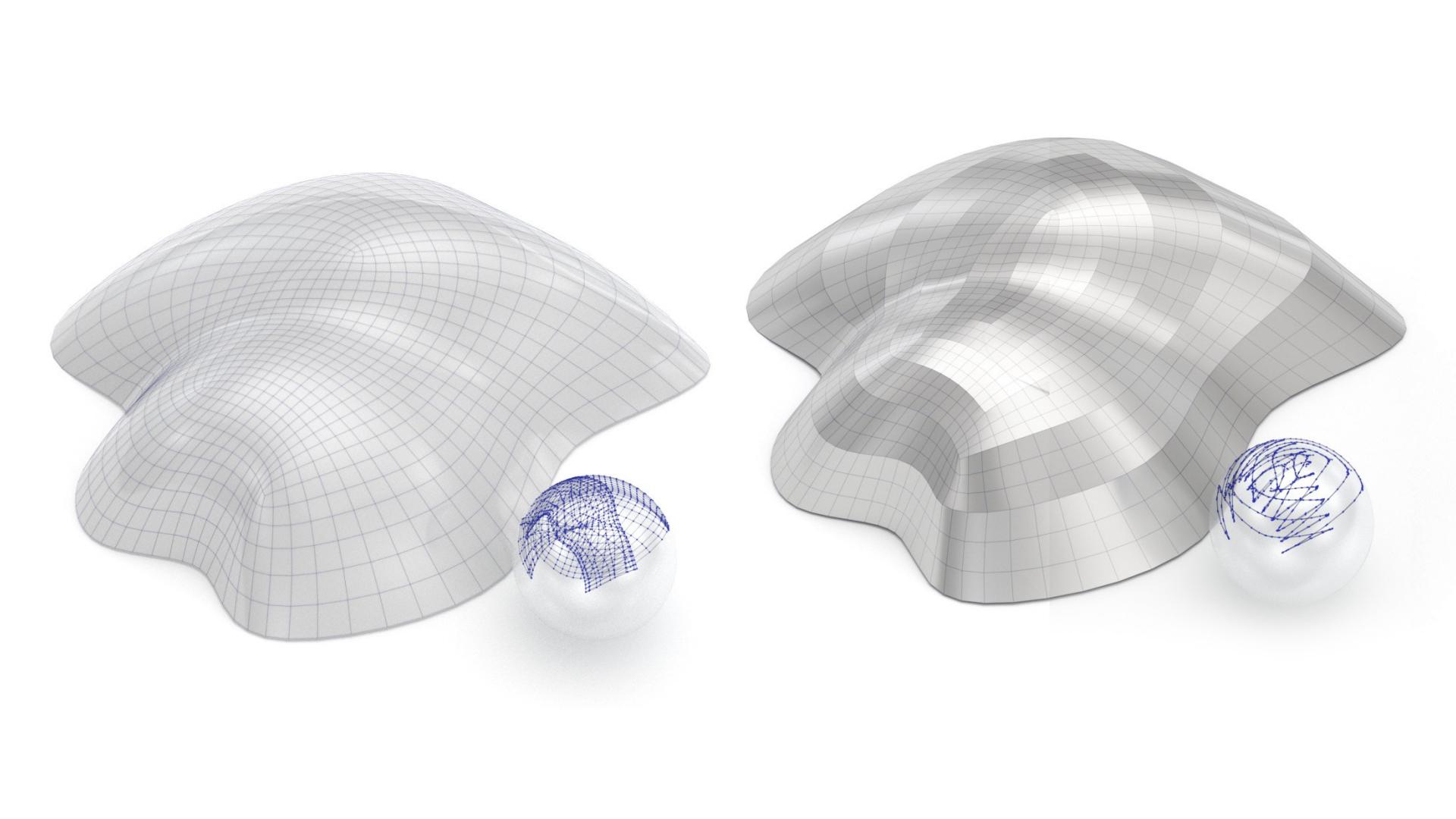The property of a surface being developable can be expressed in different equivalent ways, by vanishing Gauss curvature, or by the existence of isometric mappings to planar domains. Computational contributions to this topic range from special parametrizations to discrete-isometric mappings. However, so far a local criterion expressing developability of general quad meshes has been lacking. In this paper we propose a new and efficient discrete developability criterion which is applied to quad meshes equipped with vertex weights, and which is motivated by a characterization well known from differential geometry, namely a rank deficient second fundamental form. We assign contact elements to the faces of meshes and ruling vectors to the edges, which in combination yield a developability condition per face. In combination with standard optimization procedures, we are able to perform developable lofting and design. The meshes we employ are combinatorially regular quad meshes with isolated singularities but are otherwise not required to follow any special curves on a developable surface. They are thus easily embedded into a design workflow involving standard operations like remeshing, trimming, and merging operations. An important feature is that we can directly derive a watertight spline surface from our meshes. The spline is rational bi-quadratic. Remarkably, it occurs as the limit of weighted Doo-Sabin subdivision, which acts in an interpolatory manner on contact elements.
Victor Ceballos Inza, Florian Rist, Johannes Wallner and Helmut Pottmann, Developable Quad Meshes and Contact Element Nets. ACM Transactions on Graphic. 42/6, 10.1145/3618355.
